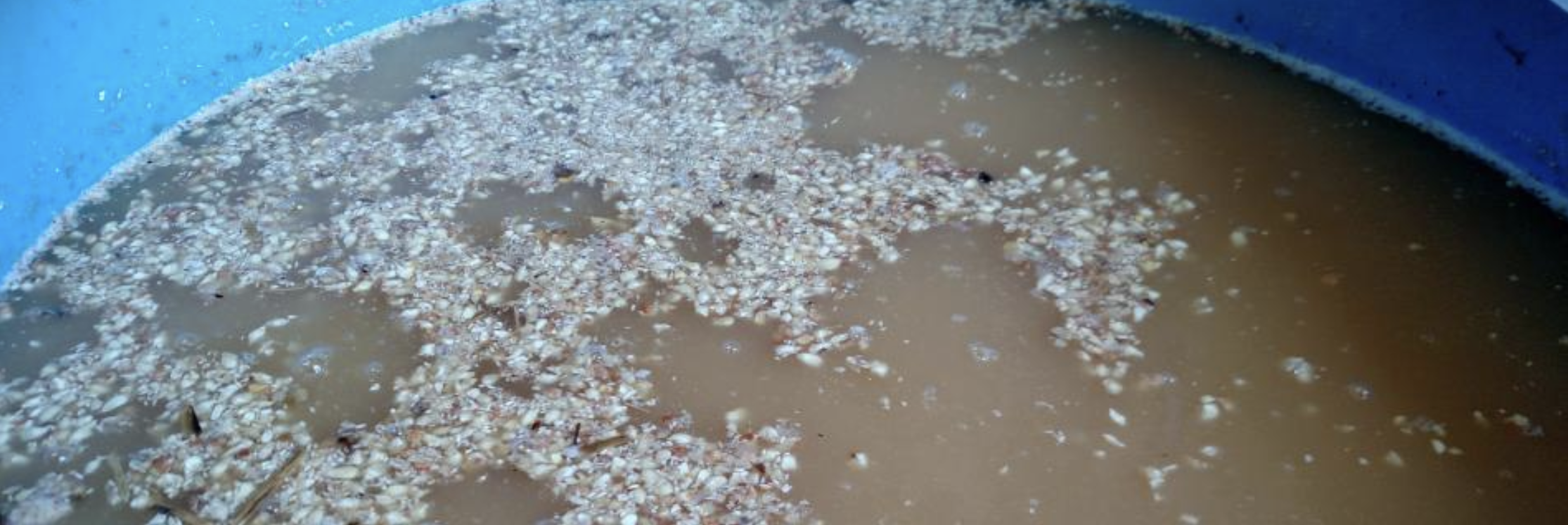Historically, moonshine has been defined as any type of alcoholic beverage brewed in secret. The state of Iowa banned the manufacturing and selling of liquor in 1916, four years before the national Prohibition policy was put into place. Due to Iowa’s location, bootleggers—people who made and sold alcohol illegally—had easy access to corn, which they used as their main ingredient. Templeton Rye—though made today in Indiana—was distilled back in the day on farms near the town of Templeton in northwest Iowa and was a popular beverage in speakeasies all across the country. Most moonshine brewing went on in rural areas, unregulated and often unsafe, and intentionally far away from law officials. If caught, bootleggers would have to pay a fine of $500 dollars or serve six months in jail.
The moonshine in the video above is made legally by an Iowa farmer using corn, sugar, one small packet of yeast, and hops, though it can also be made with barley, wheat, or rye. Each batch takes about six hours to cook, and, depending on the temperature, 10 to 14 days to fully brew. The farmer has been brewing his own moonshine since he was a teenager. He tells us that, with permission from the ATF, it is legal to make eight gallons per year as long as it is not sold and not over 80 proof. Although he makes his moonshine legally, this farmer has asked us not to use his name because he doesn’t “want people showing up at [his] house asking for samples”.
Click on the image above to watch—and hear—the batch cook on an early autumn day.

